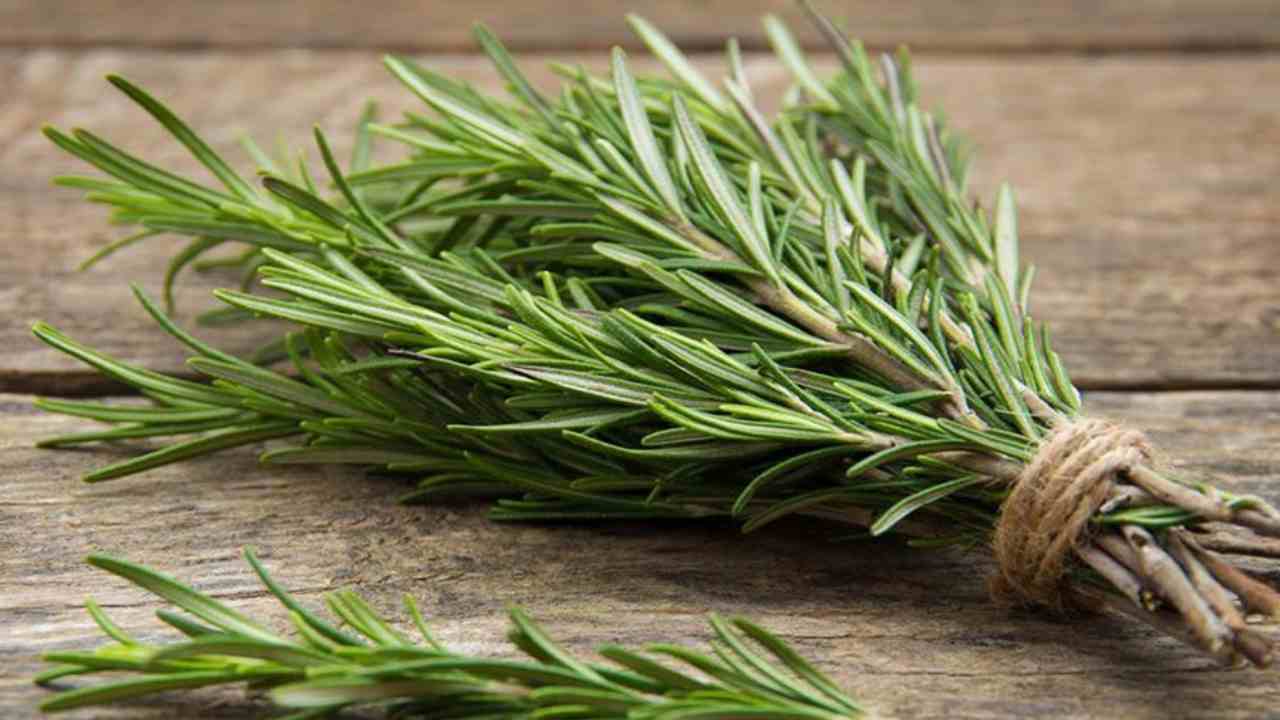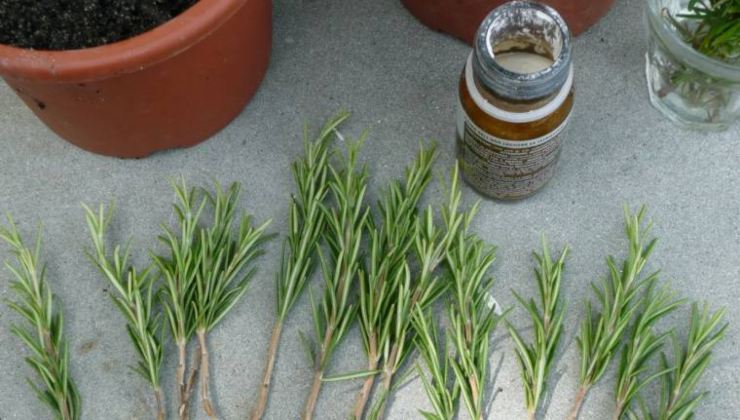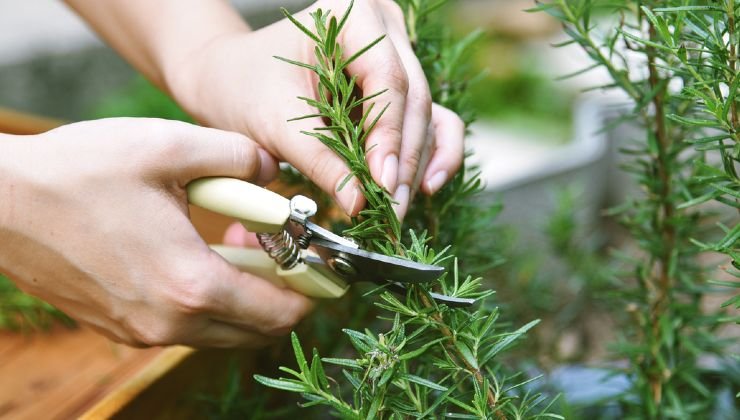
There’s a simple trick to propagate rosemary and ensure a continuous supply year after year.

Often, during our meals, we enhance the flavor of our dishes with aromatic herbs, adding a delightful fragrance. While there are various choices like parsley, thyme, bay leaves, and sage, one of the most beloved, especially when paired with dishes like chicken and potatoes, is rosemary.
Rosemary: characteristics
Scientifically known as Salvia rosmarinus Schield, rosemary thrives naturally in the Mediterranean regions along the Tyrrhenian and Ionian coasts. Widely spread across the peninsula, it is particularly found from the Adriatic coasts to Molise and the nearby Garda region. This evergreen plant, growing approximately 50 – 300 cm tall, boasts long and persistent leaves measuring 2-3 cm, emitting a distinct and characteristic scent.
Proper maintenance entails exposing the plant to sunny areas and avoiding cold locations, as it is not resistant to rain and harsh winter climates. When kept on a balcony, it should be grown in soil mixed with sand.
Multiplication of rosemary, how does it happen?

Rosemary can be multiplied through cuttings, involving the cutting of a piece from the mother plant and regenerating it in the soil to cultivate a new plant. This method allows us to obtain more rosemary plants, multiplying them endlessly without the need to purchase new ones.
Plants originating from cuttings mature more rapidly than those from seeds, as rosemary plants take considerable time to germinate. A rosemary plant obtained from a cutting will grow and reach a usable size just a few months after being placed in a pot. Importantly, the clone plant will be identical to the mother plant, possessing the same flavor, characteristics, resistance, and scent.
The Technique of Cutting Cuttings
For optimal results, it’s advisable to cut young, green, and fresh stems, usually found at the base of the plant, avoiding the browner and woodier ones. Using sharp scissors, detach stems that are at least 10 cm long. It’s better to cut more than one if the chosen one is not very green or doesn’t take root.
Remove rosemary needles from the lower part of the stem and place it in hot water in a warm, sunlit location. Change the water every two days to prevent deterioration of the cuttings. After 4-8 weeks, if the cuttings survive, roots will emerge on each stem.

Transplant the rooted cuttings into a larger pot with sandy soil. Make a hole in the ground, insert the cutting, and expose it to direct light for 6-8 hours a day. Once it reaches approximately 15 centimeters in size, the plant can be used. New cuttings can also be taken from this plant, but avoid harvesting more than 1/3 of the plant, as it grows slowly. If the cuttings turn brownish and the needles come off easily, it indicates that the cutting hasn’t survived, and a new one should be taken to multiply the rosemary plant.